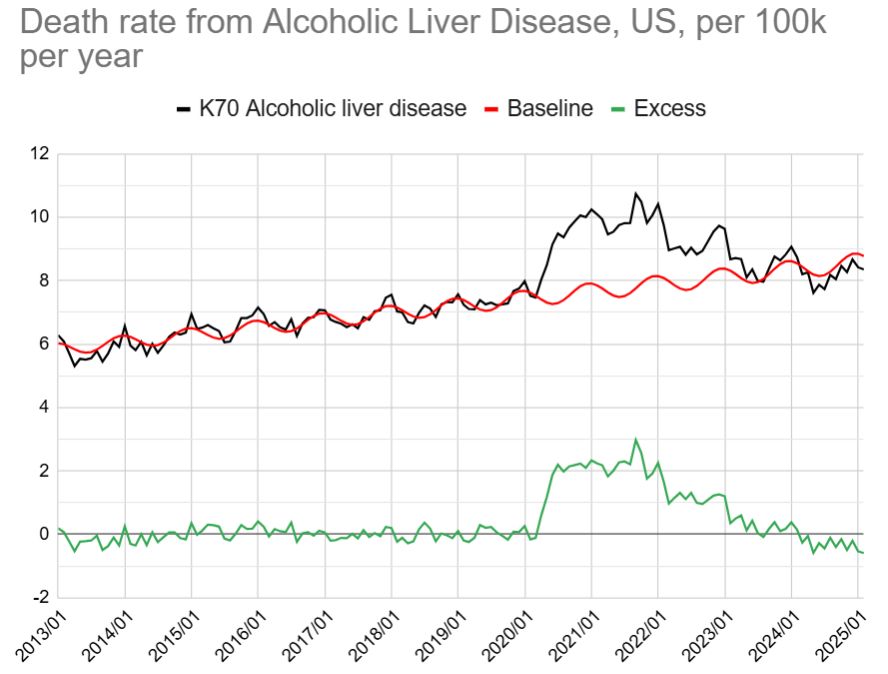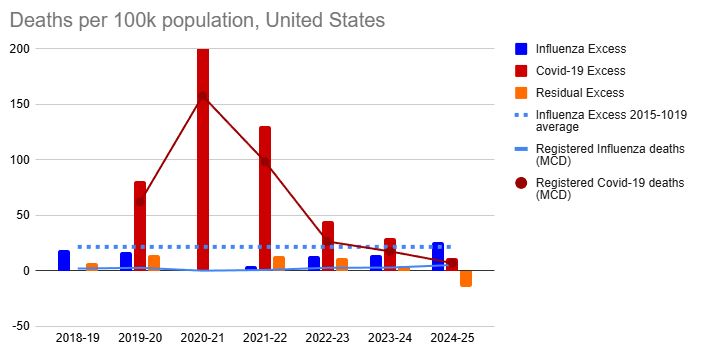Prof. Michael Fuhrer
@michaelsfuhrer.bsky.social
2.6K followers
1K following
3K posts
Epidemic epistemic trespassing. Knows a lot about graphene.
Monash Uni. Directed fleet.org.au. Fellow @scienceacademy.bsky.social.
Plays bass for www.instagram.com/push_the_trigger
Bird photos at www.flickr.com/photos/off-world
Posts
Media
Videos
Starter Packs
Pinned









